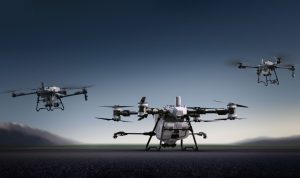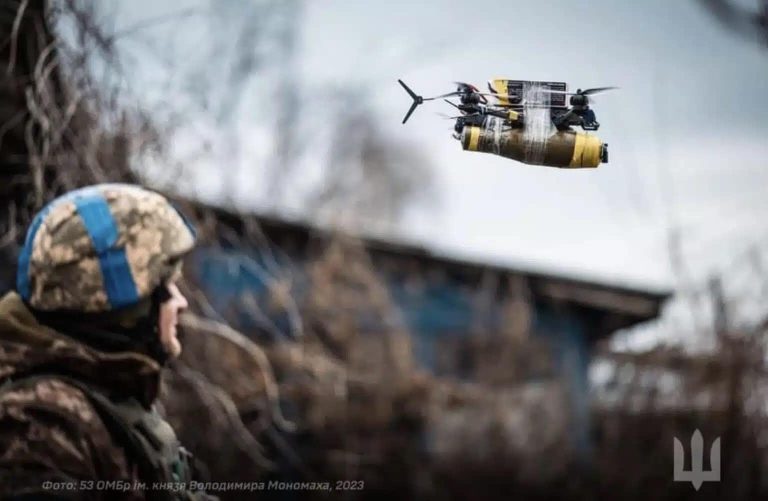The Rising Threat of Low-Cost Drones
The Pentagon is grappling with a critical issue in the Red Sea and Gulf of Aden: intercepting low-cost, yet lethal drones. The challenge lies in the economic disparity between expensive military responses and the relatively cheap drones deployed by adversaries.
The Cost Imbalance
Expensive Defense Against Cheap Threats
The U.S. and allied militaries are often using multimillion-dollar munitions to destroy unmanned aerial systems (UAS) that can be assembled with off-the-shelf parts at a fraction of the cost. This discrepancy raises concerns about the sustainability of current defense strategies.
Bill LaPlante, the Pentagon’s chief weapons buyer, reportedly highlighted the issue during a Senate appropriations subcommittee meeting on May 15.
“If we’re shooting down a $50,000 one-way drone with a $3 million missile, that’s not a good cost equation,” LaPlante said. “The technology is changing every couple of weeks, and the tactics are changing, and it’s going to be a constant fight.”
Current Expenditures and Challenges
Iran’s attempt to target Israel with hundreds of attack drones earlier this year and the persistent Houthi drone attacks on vessels near Yemen have significantly strained U.S. resources. The U.S. Navy has spent approximately $1 billion in munitions over the past six months patrolling the region.
In January, a Drone Strike killed three troops in Jordan at Tower 22, near al-Tanf garrison. Rear Adm. Fred Pyle, director of surface warfare on the chief of naval operations’ staff, emphasized the financial strain of these engagements.
“Do we need to find — or should we find — a more-cost effective way of downing, say, an inexpensive drone? Absolutely,” Pyle stated at a Center for Strategic and International Studies event.
Efforts to Address the Issue
Seeking Cost-Effective Solutions
The Pentagon is actively seeking more cost-effective countermeasures. Ships in the Greater Middle East have been using variants of the Standard Missile to intercept drones, with each SM-2 missile costing roughly $2 million. In contrast, an Iranian Shahed drone or its Houthi equivalent costs only thousands of dollars.
To mitigate costs, the Army purchased 600 Coyote interceptors from RTX (formerly Raytheon Technologies) in February for $75 million. These interceptors are part of the Low, slow, small, unmanned aircraft Integrated Defeat System (LIDS), designed to counter small drone threats effectively.
Future Strategies
Both LaPlante and Pyle have indicated that the Pentagon is consulting with the defense industry to develop more efficient solutions, although they have not disclosed potential contractors. The focus remains on finding innovative technologies and strategies to combat the evolving drone threat without the prohibitive costs currently incurred.
The Pentagon’s struggle with cost-effective drone interception underscores a broader challenge in modern warfare. As adversaries increasingly deploy inexpensive drones, traditional defense mechanisms become economically unsustainable. The pursuit of innovative and affordable countermeasures is critical to maintaining strategic and financial viability.
DroneXL’s Take
The Pentagon’s challenge with cheap drones highlights the need for innovation in military defense systems. Finding cost-effective solutions is not just a financial necessity but also a strategic imperative. Embracing new technologies and adaptive tactics can help level the playing field, ensuring that the U.S. military remains capable of countering evolving threats without breaking the bank. The Drone Industry’s continued advancements will be crucial in providing these solutions, reflecting the importance of staying ahead in the technological race.
Discover more from DroneXL.co
Subscribe to get the latest posts to your email.




















+ There are no comments
Add yours